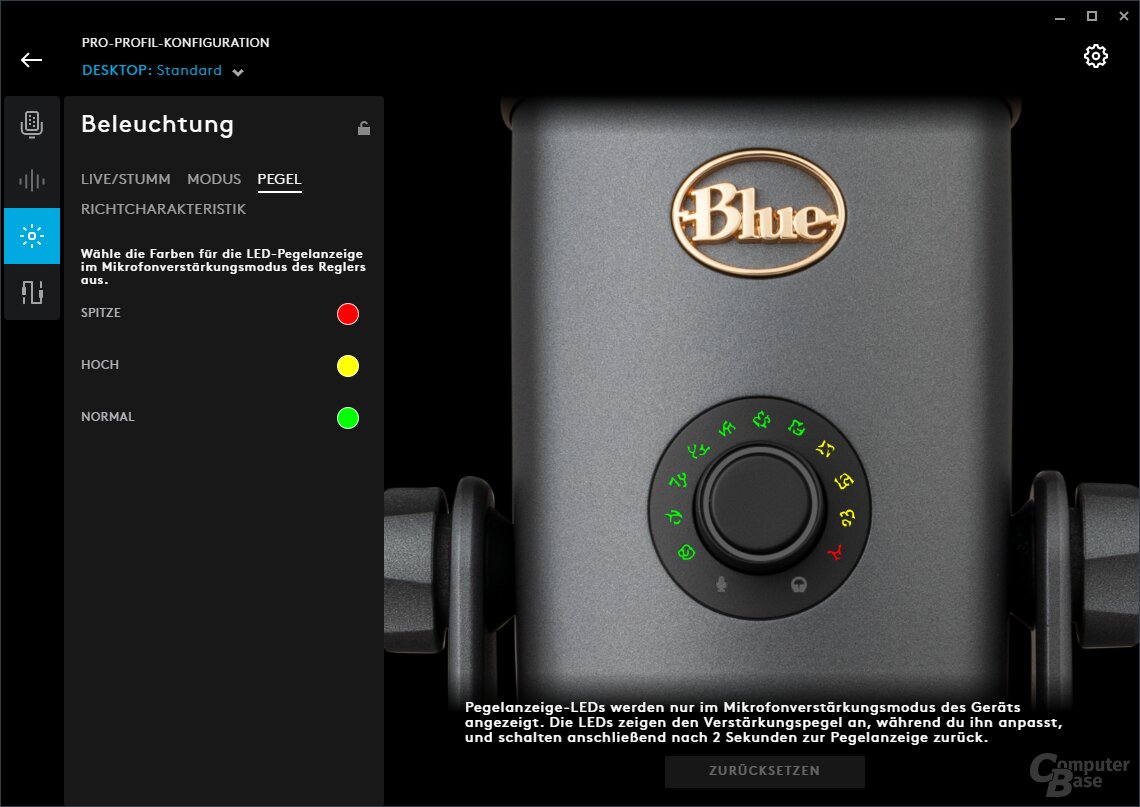
Rename the macro as needed, then press enter.Ĥ. Select the macro name at the top of the software.ģ. You will need to confirm your choice for it to be removed. Pressing the cross will delete the macro. Hovering over a macro will show a cross on the right. You can use the system, commands, keys, and actions menu to select a new function. The final option is to drag a new function onto the button. The primary function of the mouse or keyboard will return. Select the button you want to restore, and choose to “Use Default”. This will remove the current assignment.Īlternatively, you can restore the default functionality. The first option is to select the macro button and press the delete key on your keyboard. Once a macro has been assigned to a button on your device, there are three ways to remove it. Your macro will automatically be updated, even if it is bound to a device. When you have finished making changes to the macro you will need to press “Save” to confirm. Changing the type will change the replay function of the script. The macro type can also be changed via the icons in the top left. Giving you the ability to speed up or slow down a macro. Modifying a macro also allows you to adjust delay times. This allows you to continue your script manually or by recording. Similarly, you can add new actions to the event using the plus icon. Here you can make any necessary changes to the script.Įvents can be moved by clicking and dragging them to a new position. Clicking on a macro in the macro list will reopen the macro menu.

Macros created with the G Hub software can be modified at any time.

When attempting to overwrite a primary mouse click you will need to confirm your selection. You can play with the settings yourself and see what makes it peak if you want to keep some things like noise suppression.You can assign macros to the left and right click mouse buttons. I found that turning all it off will stop the peaking. By default, they just strap a bunch of stupid crap settings and filters to your mic in the hopes to make it sound better but it ends up just screwing things up. Anyways if you go to your Mic settings in LogitechG Hub > Microphone > BLUE VO!CE > Signal Cleanup and turn all the settings off your mic will stop peaking and dipping. I guess we'll just have to wait and see if anyone else figures out whats going on.ĮDIT : I found a fix! i think. I don't know if this is actually related to LogitechG but it sure seems like it, and because it's so recent I haven't found any true 1 fix for it. This is audible through the LogitechG mic tester itself, Audacity's record feature, and even Discord's live mic feedback tester.

My normal Blue Yeti was fine before, I had no peaking issues but after Logitech G Hub supported the Yeti product line my mic would peak at a really high volume then stay suppressed for the rest of the time I'm talking.


 0 kommentar(er)
0 kommentar(er)
